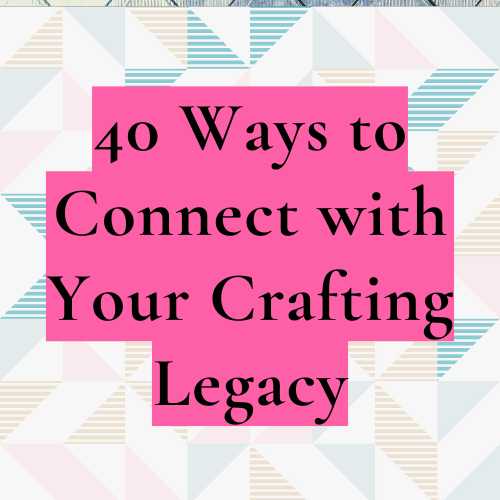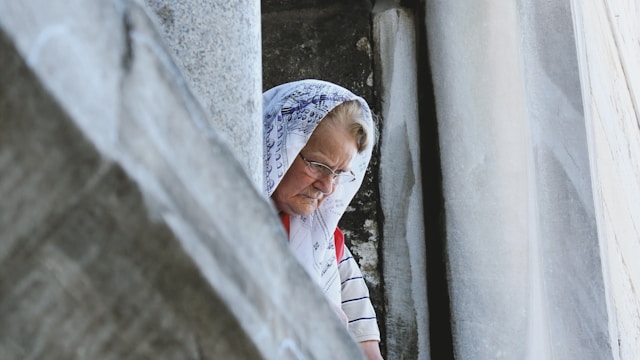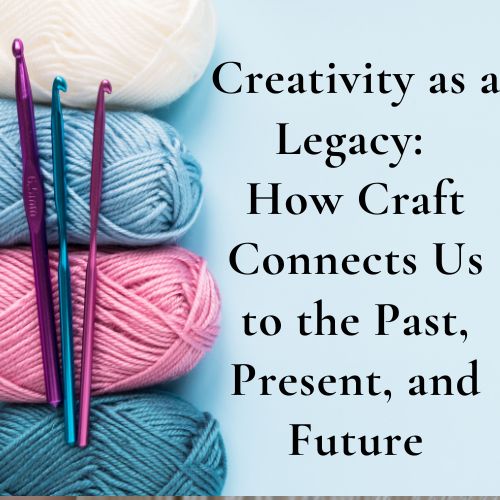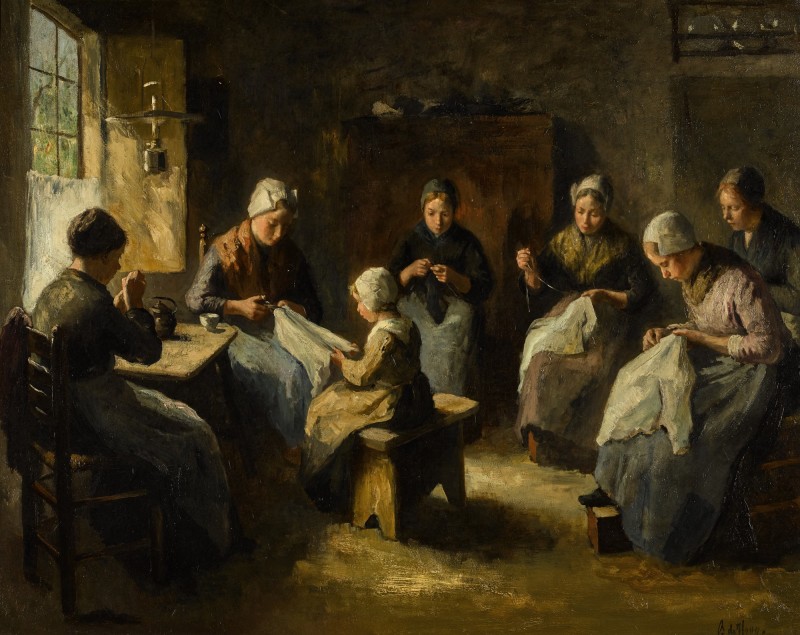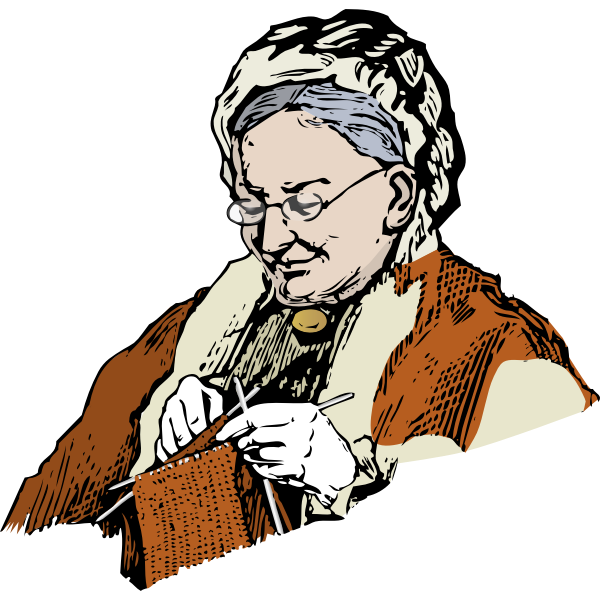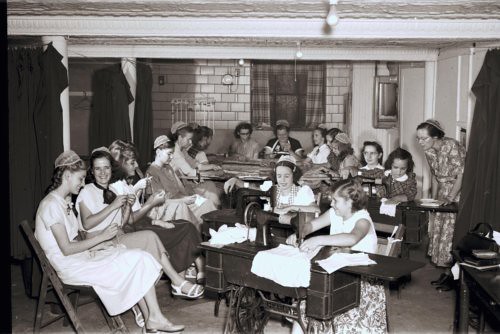Handmade fiber arts—knitting, crochet, quilting, embroidery, and sewing—are more than just crafts. They are threads that connect us to the past, present, and future. Every stitch carries a story, a memory, or a piece of cultural heritage. Even if you weren’t handed down a family tradition, you can still find ways to explore, reclaim, and create a crafting legacy that is meaningful to you.
Whether you want to honor past generations, preserve fiber arts traditions, or start a new creative lineage, here are 40 ways to deepen your connection to your craft’s legacy.
Explore this in more depth by joining my Craft to Heal workshop.
🧵 Exploring Your Personal & Family Craft History
1️⃣ Ask older family members about handmade items – Do they have a quilt from a grandparent? A sweater knit by an aunt? Learn the stories behind them.
2️⃣ Go through family photo albums – Look for evidence of fiber arts—homemade dresses, embroidered details, or baby blankets.
3️⃣ Interview a relative who sews, knits, or crochets – Ask about their experiences, favorite projects, or how they learned.
4️⃣ Visit a local historical society or museum – See examples of fiber arts from your region or cultural background.
5️⃣ Trace your heritage through textile traditions – Research whether your ancestors had specific craft techniques (like Scandinavian knitting, African strip weaving, or Japanese sashiko stitching).
6️⃣ Try to recreate a handmade item from your family’s past – Find an old pattern or photograph and make your own version.
7️⃣ Look for heirloom crafting tools – Ask if anyone in your family has an old sewing machine, crochet hook, or pair of knitting needles that were passed down.
8️⃣ Read about historical fiber artists – Learn about the role of knitting in wartime, quilting in storytelling, or embroidery in cultural traditions.
9️⃣ Visit a textile exhibit or fiber arts show – Seeing historic and contemporary handmade pieces can inspire your own connection to fiber arts history.
🔟 Join an ancestry or heritage group focused on textiles – Some genealogy societies have textile history subgroups.
🪡 Learning & Preserving Traditional Techniques
1️⃣1️⃣ Learn a fiber craft that connects to your heritage – If your ancestors were Scottish, try Fair Isle knitting; if you have Mexican roots, explore Otomi embroidery.
1️⃣2️⃣ Practice hand-stitching techniques used by previous generations – Try quilting by hand, embroidery with traditional stitches, or hand-sewing garments.
1️⃣3️⃣ Explore vintage knitting or crochet patterns – Many old booklets and PDFs are available online.
1️⃣4️⃣ Work with natural fibers – Wool, cotton, linen, and silk were traditionally used in many cultures before synthetic materials.
1️⃣5️⃣ Take a class in a historic or cultural craft – Look for workshops in traditional weaving, lace-making, or hand-dyeing.
1️⃣6️⃣ Try visible mending – Many cultures used decorative stitching to repair clothing—an act of both sustainability and artistry.
1️⃣7️⃣ Study regional quilt patterns – Every area has its own quilting history, from Amish quilts to Hawaiian appliqué styles.
1️⃣8️⃣ Use historically accurate color palettes in your projects – Research how dyes and fibers were traditionally used in different time periods.
1️⃣9️⃣ Incorporate hand-spun or naturally dyed yarns into your work – This connects you to how fiber arts were originally made.
2️⃣0️⃣ Attend a fiber festival – Many events showcase historic and traditional textile crafts.
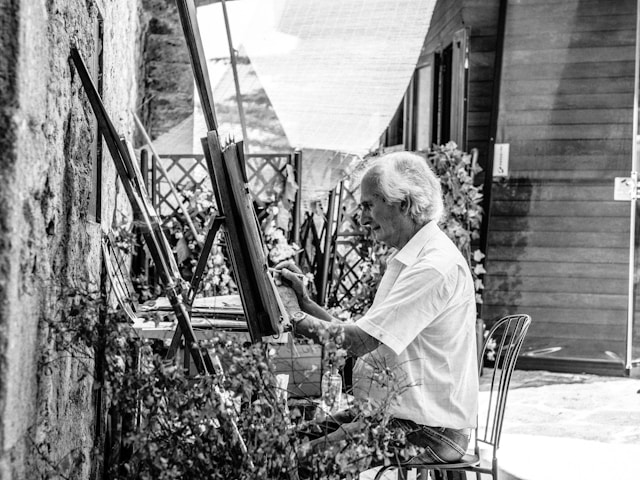
🧶 Honoring & Using Handmade Heirlooms
2️⃣1️⃣ Use a family quilt, blanket, or scarf regularly – Keeping heirlooms in use helps keep their stories alive.
2️⃣2️⃣ Repair and restore old handmade items – Whether it’s darning a hand-knit sock or patching a quilt, maintaining old textiles preserves their history.
2️⃣3️⃣ Display an heirloom craft piece in your home – Frame a small embroidered piece, drape a quilt over a chair, or showcase a lace doily.
2️⃣4️⃣ Transform inherited textiles into something new – Turn an old embroidered tablecloth into pillows or quilt squares.
2️⃣5️⃣ Document the history of heirloom pieces – Write down where they came from, who made them, and what they were used for.
2️⃣6️⃣ Photograph and catalog heirloom fiber arts – If an old handmade piece is too fragile to use, document it for future generations.
2️⃣7️⃣ Host a “storytelling craft night” – Gather with family or friends to share the history behind treasured handmade objects.
2️⃣8️⃣ Make a shadow box with old sewing tools – Display vintage scissors, bobbins, or spools of thread from past generations.
2️⃣9️⃣ Use a passed-down tool in your craft – If you inherited a crochet hook or sewing needle, using it can create a sense of connection.
3️⃣0️⃣ Pass down a handmade item to someone else – Share the tradition by gifting an heirloom to the next generation.
🎨 Creating Your Own Crafting Legacy
3️⃣1️⃣ Make a signature piece to be passed down – Create a quilt, shawl, or special embroidery piece with a meaningful story behind it.
3️⃣2️⃣ Label your work with dates and your name – Future generations will appreciate knowing who made it and when.
3️⃣3️⃣ Create a “craft journal” – Document your projects, thoughts, and creative process for those who may discover your work later.
3️⃣4️⃣ Teach someone younger how to knit, crochet, quilt, or sew – Passing on skills is one of the best ways to continue a legacy.
3️⃣5️⃣ Start a tradition of making for milestones – Craft something handmade for each family wedding, birth, or big life event.
3️⃣6️⃣ Sew, embroider, or knit personal symbols into your work – Whether initials, meaningful motifs, or hidden messages, these details add a personal touch.
3️⃣7️⃣ Write a letter to accompany a handmade gift – Explain why you made it, the process, and what it means.
3️⃣8️⃣ Incorporate scraps of past projects into new ones – Piecing bits of past work into new creations creates a tangible connection between projects.
3️⃣9️⃣ Start a “generations project” – A quilt or blanket that different family members contribute to over time.
4️⃣0️⃣ Leave behind fiber arts knowledge in a creative way – Whether through a tutorial, a pattern design, or written memories of your crafting experiences, share what you know so others can carry it forward.
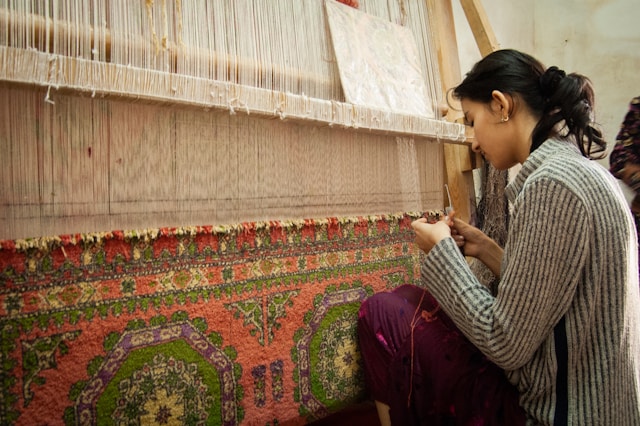
Craft to Heal: Exploring the Deeper Meaning of Fiber Arts
Crafting isn’t just about making—it’s about connection. Whether you’re working with a passed-down pattern, learning a historic technique, or creating something to be treasured by future generations, every stitch carries meaning.
In Craft to Heal, we explore how fiber arts can be a tool for storytelling, memory, mindfulness, and emotional well-being. Whether you want to better understand your creative identity or deepen the meaning behind your craft, this series helps you make fiber arts a more intentional and fulfilling part of your life.
Want to explore how crafting can help you connect with past, present, and future?
